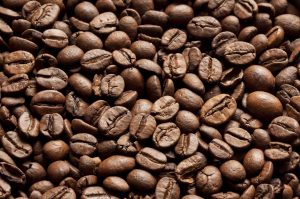Energy is a top functional benefit consumers seek from food and beverages, and one ingredient we all strongly associate with energy is caffeine. This has led to a surge of products in non-traditional categories containing caffeine, from energy bars to potato chips. This gives us plenty of choices to get our caffeine buzz, but could have the unintended consequences of making us take in more caffeine than we think.
The International Life Sciences Institute (ILSI) recently published a systematic review to understand what safe levels of caffeine consumption are. They specifically looked at effects of caffeine on cardiovascular health, bone health, behavior, and reproductive health and infant development.

The main finding is that consumption of ≤400 mg/day in adults is not associated with overt, adverse effects. The FDA recommends no more than 200 mg of caffeine be consumed in a single dose. A ‘medium’ (16 oz) cup of coffee can contain anywhere from 150-300 mg of caffeine (see more on caffeine content of beverages here).
Safety should always come first when delivering the energy consumers seek in products. When formulating foods and beverages that contain caffeine, it is important to keep in mind these upper limits of safety both for one serving and over the entire day.

 We bring the voice of science to some of the most challenging questions facing the food and beverage industry day to day through our network of over 1000 Kerry scientists, external collaborators, and our Scientific Advisory Council. Our content comes straight from scientists and experts in nutrition, taste, food, and sensory sciences to make sure we are providing up-to-date, credible information to guide people shaping the future of food.
We bring the voice of science to some of the most challenging questions facing the food and beverage industry day to day through our network of over 1000 Kerry scientists, external collaborators, and our Scientific Advisory Council. Our content comes straight from scientists and experts in nutrition, taste, food, and sensory sciences to make sure we are providing up-to-date, credible information to guide people shaping the future of food. 